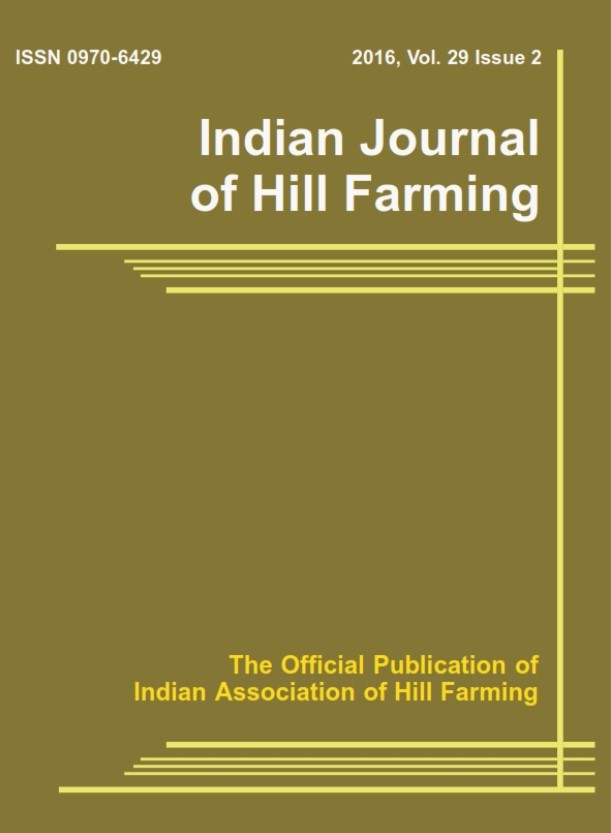Preliminary studies on the anomalous reproductive behaviours of Jackfruit (Artocarpus heterophyllus Lam.)
DOI:
https://doi.org/10.56678/Abstract
Jackfruit (Artocarpus heterophyllus Lam.) is an important fruit crop of the tropics and subtropics of Southeast Asia. A wide morphological diversity of jackfruit was observed in Meghalaya; however, it is still considered an underutilised fruit and its commercial cultivation is at a primitive stage. During an exploratory survey for the collection and evaluation of jackfruit germplasm, a unique abnormality in flowers and fruits was noted. Therefore, this study was aimed at understanding the anomalous reproductive behaviour of jackfruit. The results showed that the malformed sorosis appears stunted, compact, overcrowded, and light green in color. Furthermore, the fruits appeared to have developed separately, not as sorosis. The abnormalities are rare, but they had an adverse impact on yield (unaffected vs. affected trees) that was evidenced in surveyed villages, i.e ., Moobakhoon (81.02 vs. 51.33 number of fruits per tree) and Silkigre (63.67 vs. 44.25 number of fruits per tree). The extent of abnormality in the fruit (or flower) varied, from 20.55–37.78% in Moobakhoon to 15.15– 47.37% in Silkigre. Trees free of such anomalies could generate an average economic return of Rs. 3240/- per tree; however, this was reduced to 66% (Rs. 1110/- per tree) in the case of affected trees. Though the cause of anomalous productive behaviour is not yet clearly understood, it may be due to improper pollination, developmental irregularities, insect-pest attacks, disease incidence, nutritional disorders, and hormonal imbalance. It is expected that the adoption of integrated management strategies may emerge as an effective solution to control these problems in jackfruit.
Downloads
Published
Issue
Section
License

This work is licensed under a Creative Commons Attribution-NonCommercial-NoDerivatives 4.0 International License.




